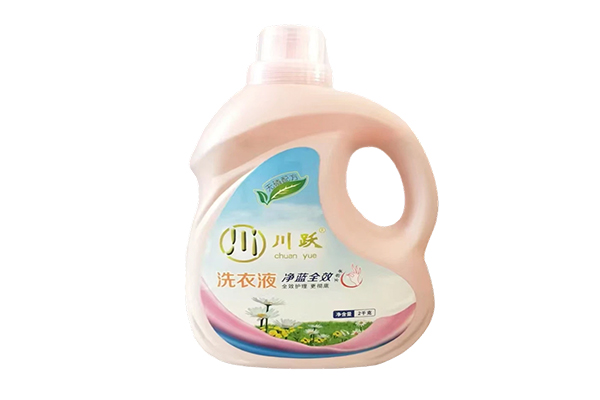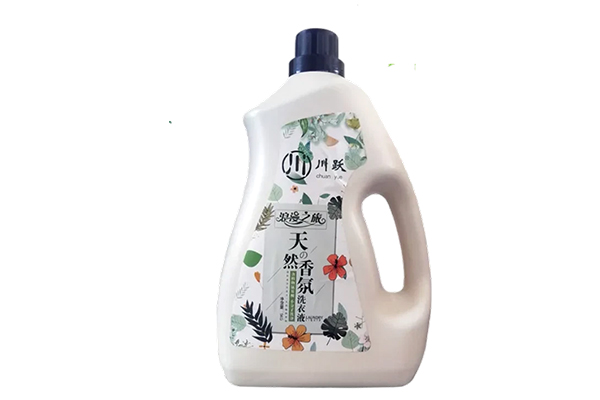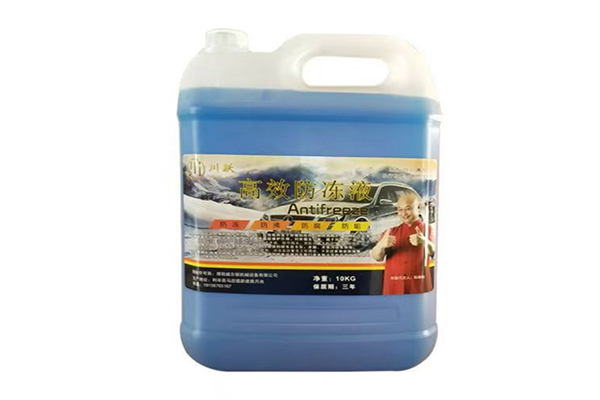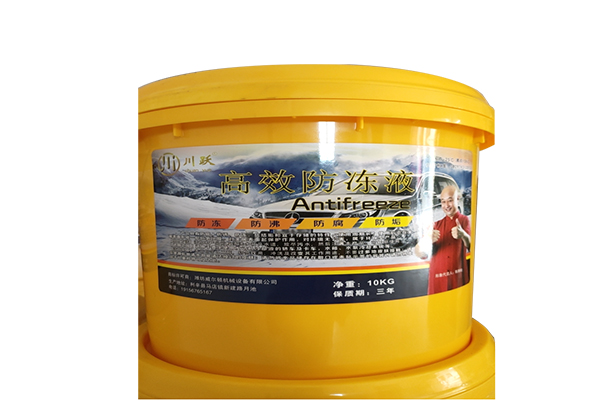What are the differences in usage and dosage of phosphate-free laundry detergent in machine washing and hand washing?
Release Time : 2025-04-28
As an environmentally friendly washing product, phosphate-free laundry detergent has obvious differences in usage and dosage in machine washing and hand washing scenarios due to differences in washing environment and operation methods. Understanding these differences will help to give full play to the cleaning effect of phosphate-free laundry detergent, while avoiding waste and protecting clothes.
In the machine washing scenario, first of all, you need to choose the appropriate placement according to the type of washing machine. For drum washing machines, there is generally a special detergent drawer, which is divided into three slots for main wash, pre-wash and softener. Phosphate-free laundry detergent should be placed in the main wash tank or pre-wash tank according to washing needs. If the clothes are dirty, you can add an appropriate amount in both the pre-wash tank and the main wash tank to enhance the cleaning effect; if the clothes are not too dirty, just add it in the main wash tank. Pulsator washing machines usually do not have an independent detergent tank. Before filling the water, you can pour phosphate-free laundry detergent directly into the inner drum of the washing machine, and then put the clothes in. This can ensure that the laundry detergent is fully dissolved and evenly contacts the clothes during the washing process.
The amount of phosphate-free laundry detergent used in machine washing should be determined according to the weight of the clothes, the degree of dirtiness, and the concentration of the laundry detergent. Generally speaking, the reference dosage will be marked on the packaging of laundry detergent. Taking 5 kg of common clothes as an example, if a phosphate-free laundry detergent of normal concentration is used, the dosage is about 30-40 ml; if the clothes are particularly dirty or concentrated phosphate-free laundry detergent is used, the dosage needs to be appropriately increased or decreased. At the same time, some high-end washing machines have intelligent weighing and automatic dispensing functions, which can automatically add the appropriate amount of laundry detergent according to the weight of the clothes. In this case, human judgment errors can be reduced and accurate dispensing can be achieved.
The choice of machine washing program will also affect the use effect of phosphate-free laundry detergent. For clothes of different materials and degrees of dirtiness, the corresponding washing program should be selected, such as standard washing for cotton clothes and gentle washing for delicate fabrics. Reasonable washing programs can allow laundry detergent to fully interact with clothes and improve cleaning efficiency. For example, longer washing time and higher speed can help enhance the decontamination ability, but may cause damage to delicate clothes, so it should be flexibly adjusted according to actual conditions.
In the hand-washing scenario, the first step of using phosphate-free laundry detergent is to prepare an appropriate amount of water. Pour an appropriate amount of clean water into the basin. The water temperature can be selected according to the material of the clothes and the washing needs. Generally, 30-40℃ is more suitable. This temperature can promote the dissolution of detergent without damaging the clothes. Then, according to the number of clothes and the degree of dirtiness, pour an appropriate amount of phosphate-free laundry detergent into the water and stir evenly until the detergent is completely dissolved.
The amount of phosphate-free laundry detergent used when hand washing is relatively flexible, but certain principles must also be followed. Usually, a basin of about 5 liters of water can be used to wash clothes that are not too dirty, and 15-20 ml of phosphate-free laundry detergent can be added; if the clothes are dirty, it can be increased to 25-30 ml appropriately. In addition, for particularly dirty parts, you can first apply the detergent directly to the stain, rub it gently, and let it stand for a few minutes before washing the whole body. This can effectively remove stubborn stains.
During hand washing, put the clothes in the water with dissolved detergent and soak them for 10-15 minutes to allow the detergent to fully penetrate into the clothing fibers and decompose the stains. After soaking, rub the clothes gently to avoid deformation or damage caused by excessive force. For parts that are easy to get dirty, such as collars and cuffs, you can focus on rubbing. After washing, rinse with clean water several times until the laundry detergent residue on the clothes is completely removed to prevent the residual laundry detergent from irritating the skin or damaging the clothes.
Whether it is machine washing or hand washing, after using phosphate-free laundry detergent, you must pay attention to cleaning the washing machine or washing basin in time to prevent the residual laundry detergent from breeding bacteria. At the same time, different brands and types of phosphate-free laundry detergent may differ in performance and instructions for use. It is best to read the product manual carefully before use to achieve the best washing effect. By reasonably mastering the use and dosage of phosphate-free laundry detergent when washing by machine and hand, you can not only effectively clean clothes, but also practice environmental protection concepts and protect family health and living environment.







